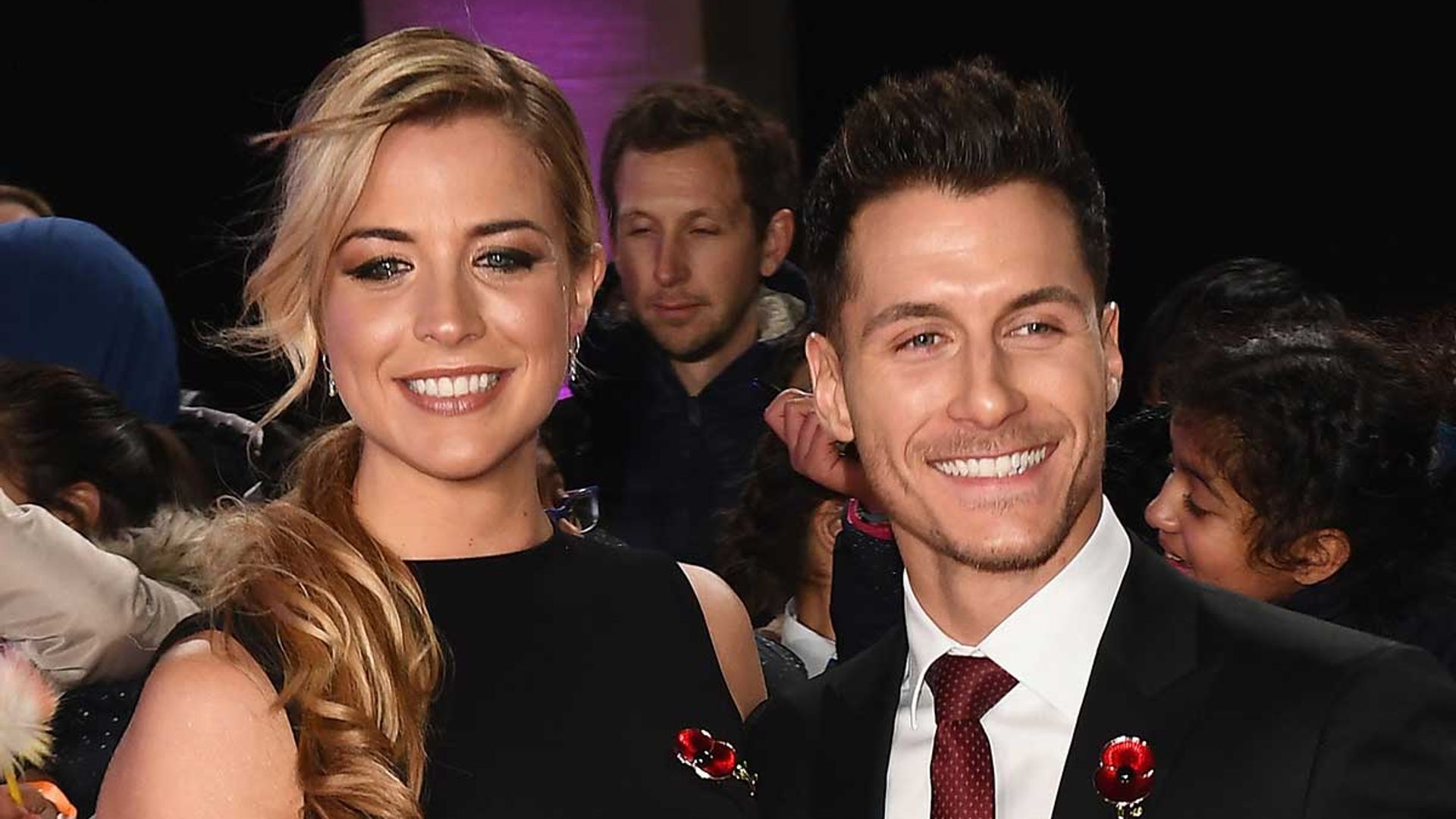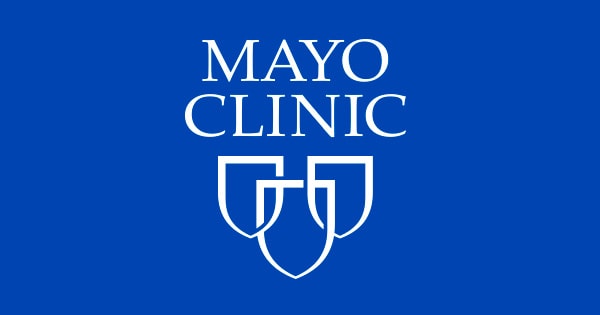— However, Asian, Black, and Hispanic kids were less likely to be screened versus white kids
by
Randy Dotinga, Contributing Writer, MedPage Today
February 5, 2024
Expanding the availability of photoscreening devices was associated with an increased rate of vision screening among 3-year-old kids in a large health system, though disparities remained, according to a retrospective cohort study.
Using electronic health record data from 2015-2017 and 2018-2022, screening rates increased from 5.7% in 2015 to 72.1% in 2022, while referral rates increased from 17% in 2015 to 23.6% in 2018, reported Cheryl D. Stults, PhD, of the Center for Health Systems Research at Sutter Health in Palo Alto, California, and colleagues.
The diagnosis rate was 2.7% in 2015, rose to 3.4% in 2018, and then fell to 1.4% in 2022, they noted in JAMA Ophthalmology.
In 2017, the U.S. Preventive Services Task Force (USPSTF) advised that all children ages 3 to 5 be screened for amblyopia or its risk factors.
Of note, compared with white patients, Asian, Black, and Hispanic patients were less likely to be screened:
- Asian: adjusted OR 0.80, 95% CI 0.72-0.88
- Black: aOR 0.71, 95% CI 0.53-0.96
- Hispanic: aOR 0.88, 95% CI 0.80-0.97
However, Asian and Hispanic patients were more likely to be referred compared with white patients (aOR 1.49, 95% CI 1.36-1.62 and aOR 1.32, 95% CI 1.18-1.48, respectively), and more likely to be diagnosed (aOR 1.29, 95% CI 1.07-1.56 and aOR 1.67, 95% CI 1.33-2.11, respectively). “Interestingly, we found that Black clinicians were more likely to screen and refer patients,” the authors noted.
It’s not clear why there were disparities in screening for Asian, Black, and Hispanic patients, Stults told MedPage Today. “We suspect one potential reason is that clinicians are potentially waiting until the 4- or 5-year well-child visits as the task force recommendation is for vision screening to occur at ages 3 to 5,” she said. “Additional targeted interventions would be needed to address remaining disparities in amblyopia care.”
Co-author Omondi L. Nyong’o, MD, of Stanford University School of Medicine in Palo Alto, told MedPage Today that amblyopia is the top visual system disease affecting children, and an estimated 1 million U.S. children have the condition or are at risk for it.
“In amblyopia, brain processing is inhibited such that a child does not develop full eyesight,” he said. “Treatments work very well but only if amblyopia is detected early.”
When caught early, he noted, treatment is shorter, more tolerable, and more likely to restore the eyesight to normal.
Photoscreeners measure the eyes’ refractive error, pupil size and alignment, and use software to compare these levels to thresholds, Nyong’o explained. “A clinician can then simply read the photoscreener eye report and decide whether to complete a referral to an eye specialist.”
Typically, photoscreeners are handheld, portable, and user-friendly, he said. A 2022 report said photoscreeners typically cost $6,000 to $8,000, but a new device was just $2,000.
In an accompanying commentary, Marguerite C. Weinert, MD, of the University of Michigan in Ann Arbor, noted that because the referral and diagnosis rates didn’t increase along with screening rates, “this could potentially call into question the cost-benefit ratio of these screening tools.”
She added that it may be difficult to reach major conclusions from the study since the COVID-19 pandemic occurred during the intervention period.
“Overall, the authors’ conclusions are sound — access to screening does not equate to equity in pediatric ophthalmic care,” she wrote.
The study used electronic health record data from patients with a well-child care visit at approximately age 3 years (ages 2.75-3.25 years) in a relatively large, multispecialty group practice in Northern California, which serves about 1 million people in the San Francisco Bay Area, and linked census data between 2015 and 2022.
The study included 2015-2017 data from 23,246 patients and 2018-2022 post-expansion data from 34,281 patients. The demographics of the two groups were similar: 48.2% were girls, 33.6% were Asian, 22.8% were white, 10.6% were Hispanic, and 0.6% were Black. Median household income was $108,655.
Limitations identified in the study included the fact that the photoscreeners were implemented around the same time that the new USPSTF recommendations were released. In addition, the authors noted that the study population “has relatively high levels of income.”
![author['full_name']](https://clf1.medpagetoday.com/media/images/author/RDotinga_188.jpg)
Randy Dotinga is a freelance medical and science journalist based in San Diego.
Disclosures
This study was supported by PAMF Philanthropy.
The study authors reported no disclosures.
Weinert disclosed personal fees from Sanofi.
Primary Source
JAMA Ophthalmology
Source Reference: Stults CD, et al “Amblyopia care trends following widespread photoscreener adoption” JAMA Ophthalmol 2024; DOI: 10.1001/jamaophthalmol.2023.6434.
Secondary Source
JAMA Ophthalmology
Source Reference: Weinert MC “Photoscreeners for amblyopia — access does not equate to equity” JAMA Ophthalmol 2024; DOI: 10.1001/jamaophthalmol.2023.6651.
Note: This article have been indexed to our site. We do not claim legitimacy, ownership or copyright of any of the content above. To see the article at original source Click Here













